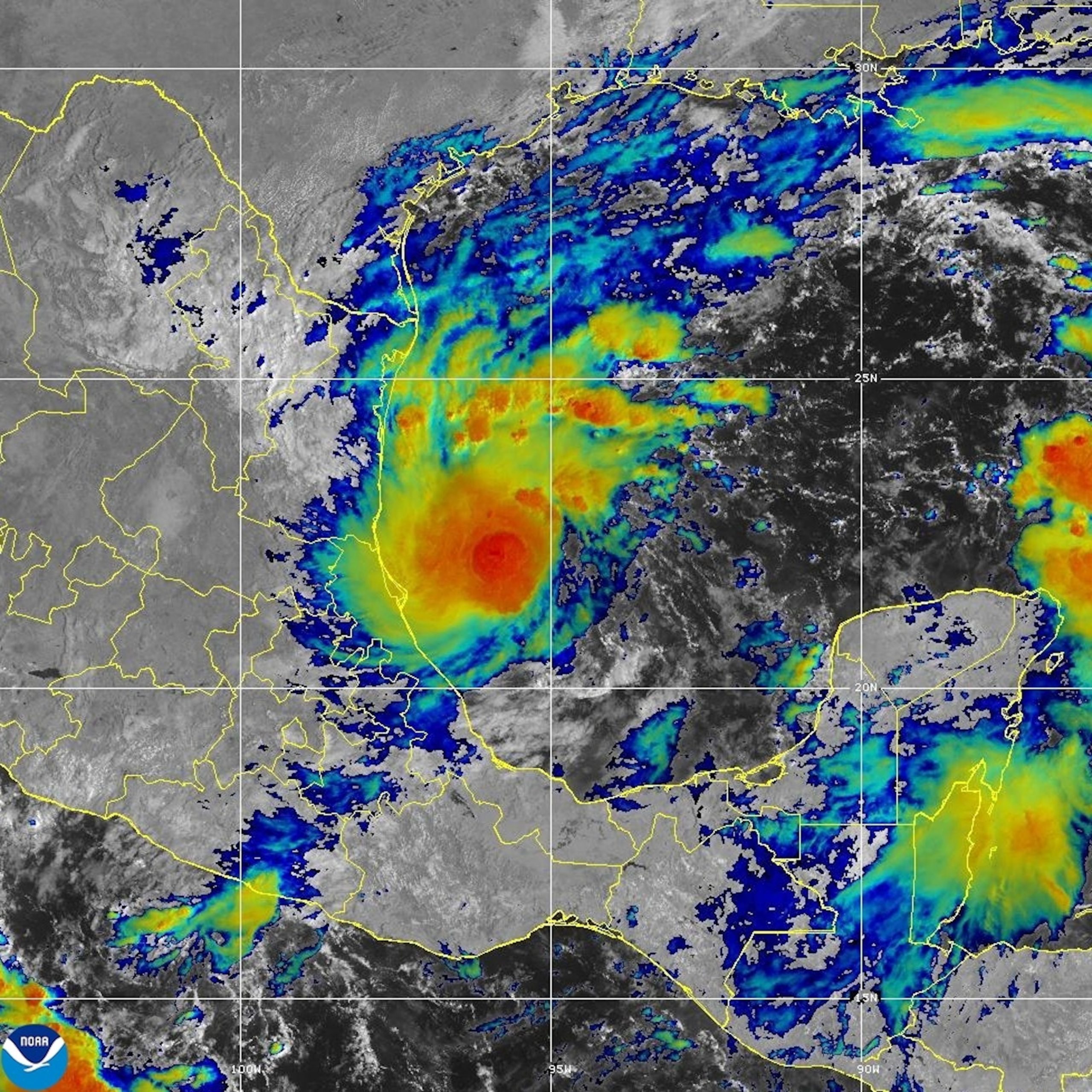Over 400 Earthquakes Recorded at Mount St. Helens since Mid-July
Mount St. Helens, a stratovolcano located in Washington State, has been experiencing a significant increase in seismic activity since mid-July. According to the United States Geological Survey (USGS), over 400 earthquakes have been recorded in the area, raising concerns among scientists and residents alike.
The recent surge in seismic activity at Mount St. Helens has captured the attention of experts who closely monitor volcanic activity. While it is not uncommon for volcanoes to experience earthquake swarms, the frequency and intensity of these tremors have raised eyebrows.
The majority of the earthquakes recorded at Mount St. Helens have been relatively small, with magnitudes ranging from 0.5 to 1.3. These low-magnitude tremors are often referred to as volcanic earthquakes and are caused by the movement of magma beneath the surface.
Scientists believe that the recent earthquake swarm at Mount St. Helens is a result of the volcano recharging. Recharging occurs when magma rises to the surface, replenishing the volcano’s supply and potentially leading to an eruption. However, it is important to note that this does not necessarily mean an eruption is imminent.
The USGS has been closely monitoring Mount St. Helens since its devastating eruption in 1980, which resulted in the loss of 57 lives and caused widespread destruction. Since then, the volcano has remained active, with smaller eruptions occurring in 2004 and 2008.
To better understand the current seismic activity, scientists have deployed additional monitoring equipment in the area surrounding Mount St. Helens. This includes seismometers, GPS receivers, and gas analyzers, which provide valuable data on ground movement, volcanic gases, and other indicators of volcanic activity.
The data collected from these instruments allows scientists to track changes in the volcano’s behavior and make more accurate predictions about future eruptions. By analyzing the frequency, depth, and location of the earthquakes, experts can gain insights into the movement of magma and the potential for an eruption.
While the recent earthquake swarm at Mount St. Helens is a cause for concern, it is important to remember that volcanic activity is a natural process. Volcanoes are part of the Earth’s dynamic system, and their eruptions play a crucial role in shaping the planet’s landscape.
The USGS continues to closely monitor Mount St. Helens and provide regular updates to the public. They emphasize that while the recent seismic activity is noteworthy, it does not necessarily indicate an immediate threat. The volcano’s behavior is being closely monitored, and any significant changes will be communicated promptly.
In the meantime, residents and visitors in the vicinity of Mount St. Helens are advised to stay informed about the latest developments and follow any instructions or warnings issued by local authorities. It is crucial to be prepared and have an emergency plan in place in case of any sudden volcanic activity.
As scientists continue to study Mount St. Helens and its seismic activity, they hope to gain a better understanding of the volcano’s behavior and improve their ability to forecast eruptions. By monitoring and analyzing these earthquakes, they can contribute to the ongoing efforts to mitigate the risks associated with volcanic activity and protect the communities living in its vicinity.



